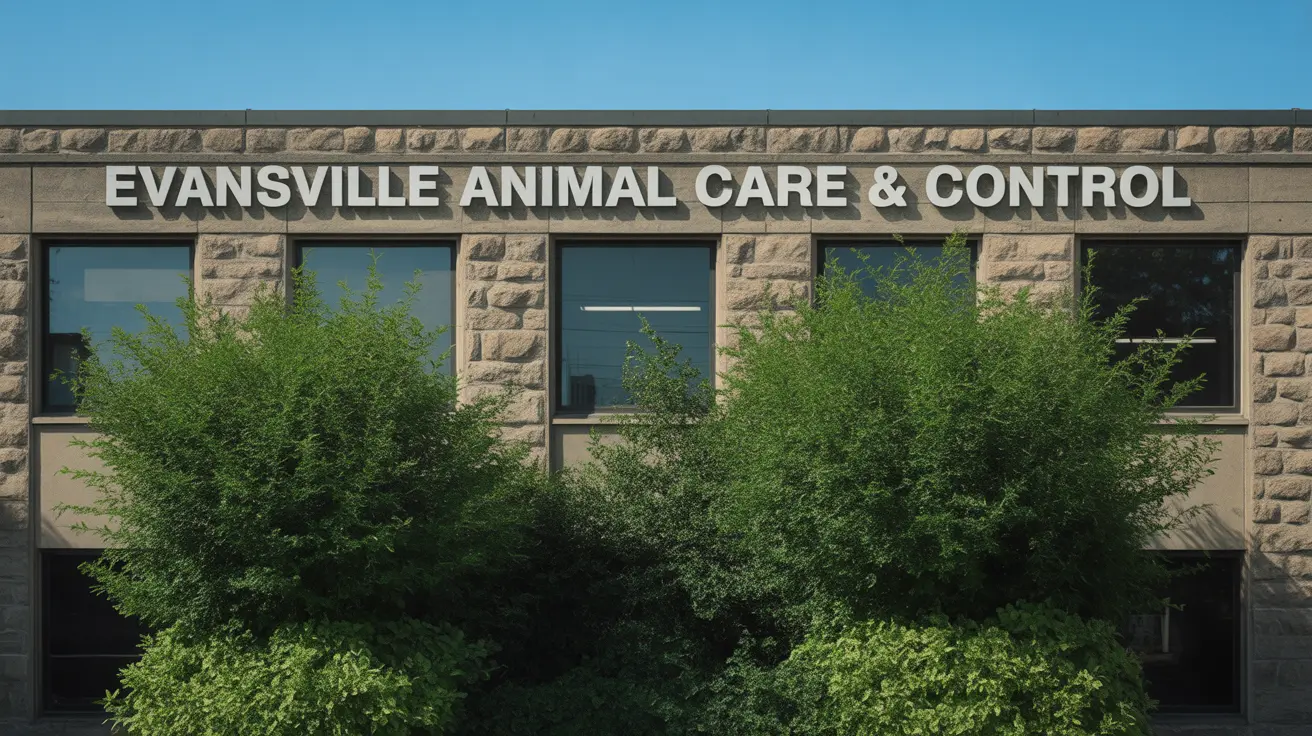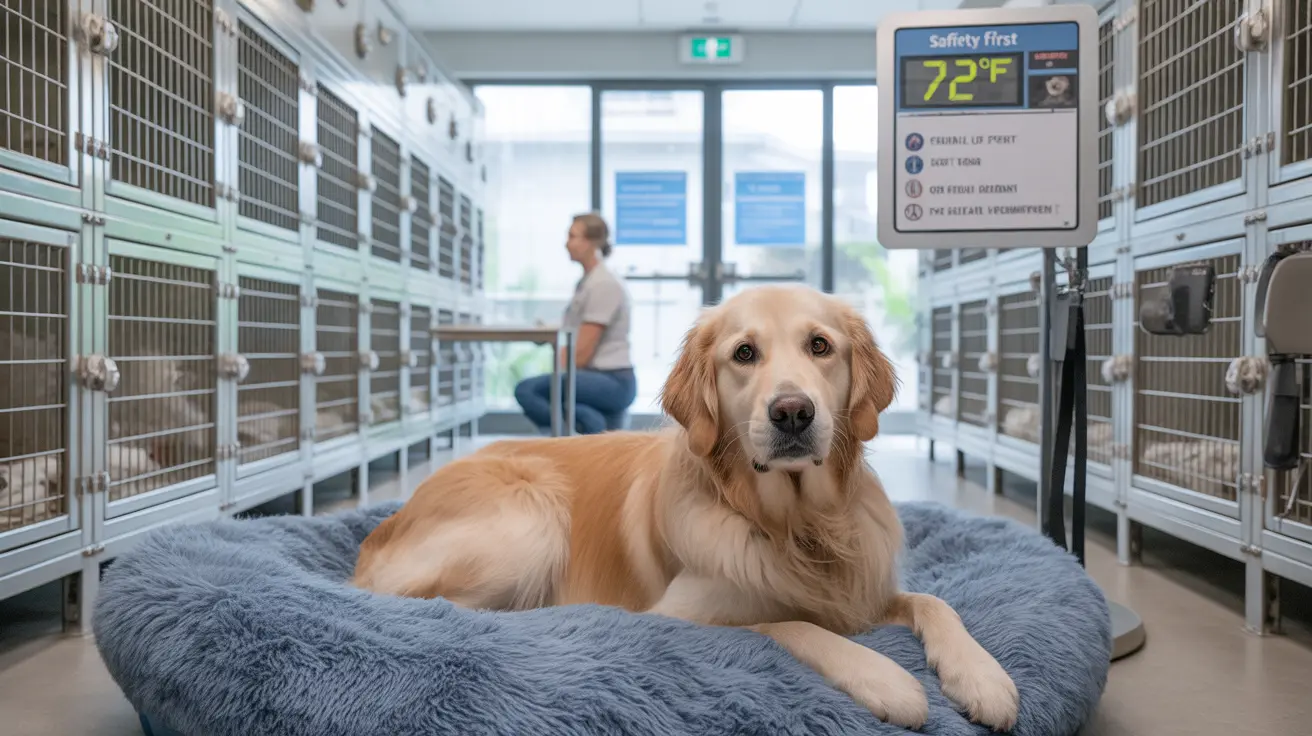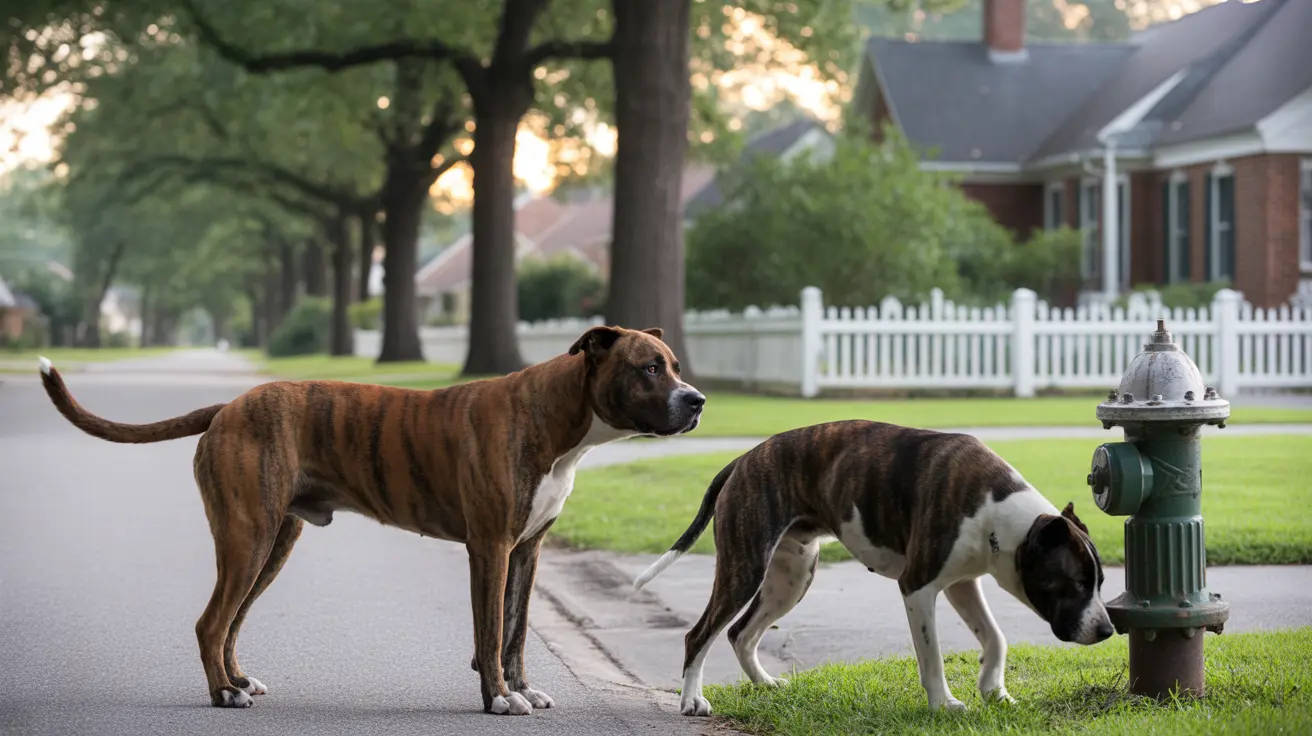Evansville Animal Care and Control experienced a concerning security breach that resulted in the theft of one shelter dog, prompting facility closure on Saturday while authorities investigate the incident. This troubling event has raised important questions about animal shelter security and highlights the vulnerability of homeless pets awaiting adoption.
The break-in at Evansville Animal Care and Control represents a serious violation that affects not only the stolen animal but also the community's trust in shelter safety protocols. Pet owners throughout the area are now more aware of the security challenges facing animal welfare facilities and the need for enhanced protective measures.
Understanding the Shelter Break-In Investigation
Following the discovery of the break-in, Evansville Animal Care and Control immediately closed its doors to the public on Saturday to allow investigators to thoroughly examine the scene. This closure demonstrates the facility's commitment to cooperating with law enforcement while ensuring the safety of remaining animals in their care.
Animal shelter security breaches are unfortunately not unheard of, though they remain relatively rare occurrences. When such incidents happen, they typically involve individuals seeking specific animals, whether for illegal breeding operations, fighting rings, or other harmful purposes.
Why Animal Shelter Safety Measures Matter
The theft of a shelter dog from Evansville Animal Care and Control underscores the critical importance of robust security systems at animal welfare facilities. Shelters house vulnerable animals that depend entirely on staff protection, making comprehensive safety protocols essential.
Most reputable animal shelters implement multiple security layers, including surveillance cameras, alarm systems, secure entry points, and staff protocols for animal monitoring. However, determined criminals can sometimes circumvent these measures, particularly during overnight hours when facilities are typically unstaffed.
Preventing Dog Theft and Protecting Shelter Animals
While shelter staff work diligently to protect animals in their care, pet owners can take proactive steps to safeguard their own companions. Microchipping remains one of the most effective tools for pet recovery, providing permanent identification that cannot be removed or altered.
Additionally, keeping current photos, detailed descriptions, and veterinary records readily available can assist authorities in recovery efforts should a pet go missing. Pet owners should also be aware of their local animal control procedures and reporting protocols.
Community Response to Missing Shelter Dogs
When incidents like the Evansville Animal Care and Control break-in occur, community involvement becomes crucial for successful resolution. Local residents often serve as additional eyes and ears for law enforcement, helping to spot suspicious activity or locate missing animals.
Social media platforms and community notification systems can rapidly spread awareness about stolen shelter dogs, increasing the chances of recovery. However, individuals should always report sightings to official authorities rather than attempting direct intervention.
Legal Consequences and Animal Control Response
Dog theft laws in Indiana treat the stealing of animals as serious criminal offenses, with penalties varying based on the animal's value and circumstances surrounding the crime. When shelter animals are involved, additional charges may apply due to the public service nature of animal control facilities.
Law enforcement agencies typically collaborate closely with animal control officers during investigations, combining expertise in both criminal investigation and animal welfare. This partnership often proves essential for successful case resolution and animal recovery.
Frequently Asked Questions
- What should I do if I suspect my lost pet has been stolen from the Evansville Animal Care shelter during a break-in?
Contact Evansville Animal Care and Control immediately to report your concerns and provide detailed information about your missing pet, including photos, microchip numbers, and distinctive markings. Also file a report with local law enforcement and monitor social media and community boards for sightings.
- How does Evansville Animal Care and Control handle security breaches and what precautions do they take to protect shelter animals?
While specific security measures aren't publicly disclosed for safety reasons, most animal control facilities implement surveillance systems, secure entry protocols, and regular animal monitoring. During investigations like this break-in, facilities typically close temporarily to preserve evidence and reassess security procedures.
- Why would someone break into an animal shelter and steal a dog, and what are the most common motivations behind such crimes?
Common motivations include acquiring animals for illegal breeding operations, dog fighting rings, or resale purposes. Some thieves target specific breeds or young animals that can be sold for profit. Others may steal pets impulsively or due to misguided rescue attempts.
- Can the public help recover a stolen shelter dog, and how should you safely report sightings or tips to animal control and law enforcement?
Yes, community members can assist by staying alert for unusual animal activity and reporting sightings to official authorities. Always contact Evansville Animal Care and Control or local law enforcement rather than approaching suspected situations directly, as this ensures both public safety and proper evidence handling.
Moving Forward: Strengthening Animal Shelter Security
The break-in at Evansville Animal Care and Control serves as a reminder that protecting vulnerable shelter animals requires ongoing vigilance and community support. While investigations continue, this incident highlights the importance of robust security measures and public awareness in safeguarding homeless pets awaiting their forever homes.
Pet owners throughout the community can use this opportunity to review their own pet safety practices, ensure their animals are properly identified, and stay informed about local animal welfare efforts. Together, we can work toward preventing such incidents and protecting all animals in our care.






